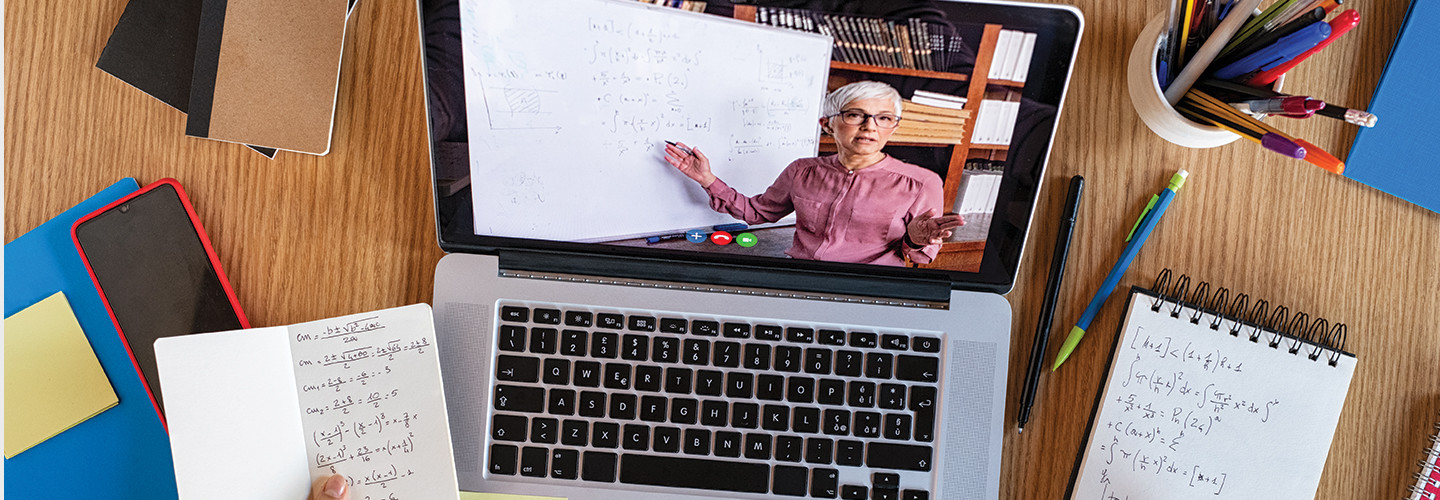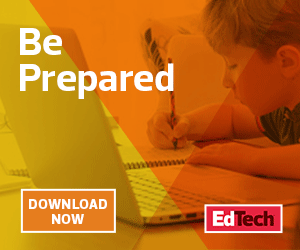Data Privacy Challenges in Remote Learning
School districts preparing for remote learning are met with the challenge of figuring out how to best vet digital tools and resources for continuing learning and instruction online. They must ensure that those tools are compliant with privacy regulations such as the Family Educational Rights and Privacy Act (FERPA) and Children’s Online Privacy Protection Act (COPPA).
But educators may not necessarily understand all of the privacy issues that come with using those tools — especially outside of school walls.
Take videoconferencing, for example. It’s essential to remote learning as it enables students and teachers to collaborate and communicate from home. But it also poses privacy and security risks. With some platforms, districts may not be able to guarantee that student data won’t be shared, sold or stolen. There’s also the threat of hackers hijacking video calls and taking over a user’s screen to share inappropriate content.
The U.S. Department of Education’s Student Privacy Policy Office also shared other questions in a recent webinar that all educators and school officials must consider when preparing for remote learning, such as: What education records will we be taking home? How will they be secured? What information about students might be disclosed in a virtual classroom? Will video recordings of lectures be maintained as an education record, and how will they be shared?
VIDEO: Learn about best practices for ensuring data privacy during remote learning.
What School Districts Are Doing to Ensure Data Privacy Online
Many school districts are reviewing platforms or learning management systems they already use to see if they can support distance learning without risking student data. IT leaders are also creating a list of tools educators can use for their virtual classrooms so they know what’s safe to use and don’t feel obliged to download and use applications they find online.
School leaders should also consider holding trainings for educators so they know how to best evaluate technology for secure remote teaching and learning. They also need to remind staff that no one should be able to listen in on virtual lessons when students are present or meetings in which student information is discussed.
For districts looking for remote learning tools to use, the Student Privacy Policy Office recommends finding products that apply encryption, strong identity authentication and privacy policies that explain how their use of student data complies with FERPA.
Many have turned to productivity suites such as Google’s G Suite for Education and Microsoft Office 365 Education, as well as accompanying platforms such as Google Classroom and Microsoft Teams, because of the strong privacy and security features they offer. CDW•G can also help districts create a remote learning strategy that prioritizes data privacy and offers a list of remote learning software solutions and why they are recommended.
Despite the many vulnerabilities to data privacy that exist in a remote learning environment, educators should remember that there are steps they can take and support they can get to best ensure the safety of their students.
This article is part of the “ConnectIT: Bridging the Gap Between Education and Technology” series. Please join the discussion on Twitter by using the #ConnectIT hashtag.






![[title]Connect IT: Bridging the Gap Between Education and Technology [title]Connect IT: Bridging the Gap Between Education and Technology](http://www.edtechmagazine.com/k12/sites/default/files/articles/2014/05/connectit.jpg)




